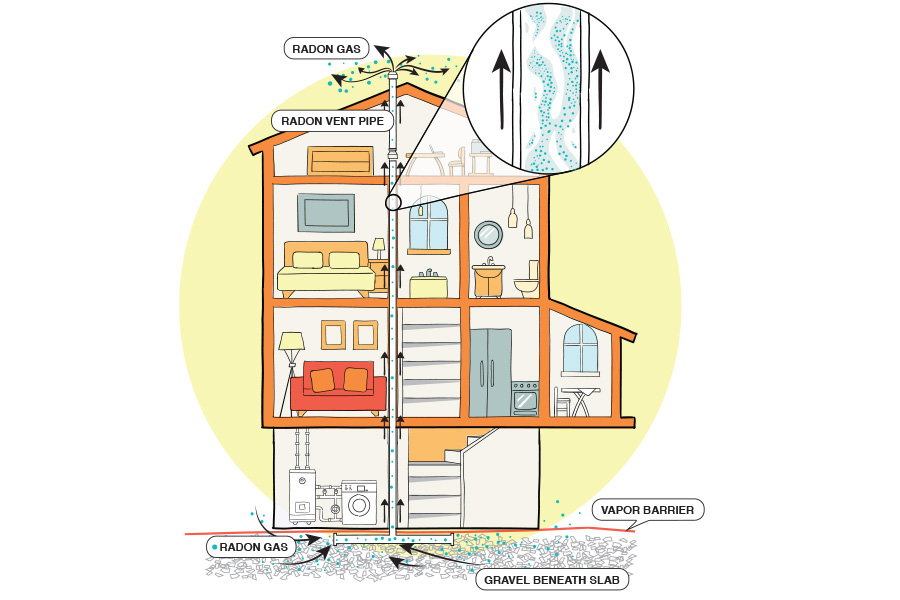When Craig Kvien tells about the gee-whiz technology to be
displayed during the Georgia
Ag Showcase ’96, there’s a lot of little kid in his voice.
Georgia Ag Showcase ’96 will be June 29 at the Rural
Development Center in Tifton. It’s
geared to farmers and anyone interested in Georgia farming.
The event is co-sponsored by the UGA College of Agricultural
and Environmental
Sciences, Fort Valley State College and Abraham Baldwin
Agricultural College.
One of the show’s best prospects — for farmers, science
teachers or anyone else — is
the chance to talk with people like Kvien, a University of
Georgia crop physiologist who
chairs the National Environmentally Sound Production Agriculture
Laboratory.
"You should see that combine," he says, referring
to a yield-monitoring
peanut harvester UGA engineers developed in concert with a host
of participating firms.
"It looks like a race car, with decals identifying all the
cooperating
companies."
Such harvesters are mostly grain combines now, Kvien says.
The peanut combine, in
another year or so, will add to these space-age machines.
Every second or so the combines measure and record the
volume, weight and moisture of a
crop sample, along with where in the field it came from.
When the whole field is harvested, the farmer can feed all of
the data into a computer.
The result is a color-coded map of his field’s harvest.
"At the show we’ll have maps from Georgia fields showing
a whole range of
crops," Kvien says. "These maps describe the yield
variance within a
field."
The combines, and the resulting maps, will make it easy to
test crop varieties.
"All you’ll have to know is where you planted them in the
field," he says.
Their best use, though, may be diagnosing problems.
"With them you can look for
the causes of low-yield areas," Kvien says. "It might
be soil compaction here,
chinch bugs there, or nematodes, or weeds.
"Or it might be ‘I-haven’t-got-a-clue,’" he laughs,
admitting no one has all
the answers.
Besides the state-of-the-art combines, the June farm show
will display a number of
sprayers designed to target specific weeds.
"One sprayer turns on and off when it sees
chlorophyl," Kvien says. "It
can sense a plant smaller than a dime and turn a nozzle on. But
it won’t turn it on for a
green dollar bill — I’ve tried lots of ways to fool that thing!
"
Another sprayer targets weeds taller than the crop — a
valuable feature for peanut
growers.
"Imagine running about rabbit-high across a peanut field
and turning on a sprayer
nozzle every time you see a weed above the peanuts," Kvien
says. "It turns a
nozzle on for an eighth of a second.
"We tested that sprayer in a field with beggarweed and
Texas panicum," he
says. "And we got an 80-percent reduction in herbicide use
with the same weed kill.
Now, that’s something. This is a great concept.
"The big question now is, ‘How many acres do you have to
run it over to pay for
the equipment?’" he says.
Among the other high-tech gadgets on display will be a four-
wheeler equipped to measure
and find problem areas in a field.
And Kvien finds an automatic soil sampler fascinating.
Mounted in the back of a pickup,
the unit extends an arm over the side and takes soil samples
from an arc around the
pickup. It then packs the samples away for analysis — if you
don’t get the truck stuck.
"If you do get stuck, the soil sampler can help you get
out," he laughs.
"Guess how we found that out? And you can get stuck where
it can’t help you get out,
too."
It’s comforting to think that all that technology hasn’t
taken mud, or humor, out of
farming.
<




